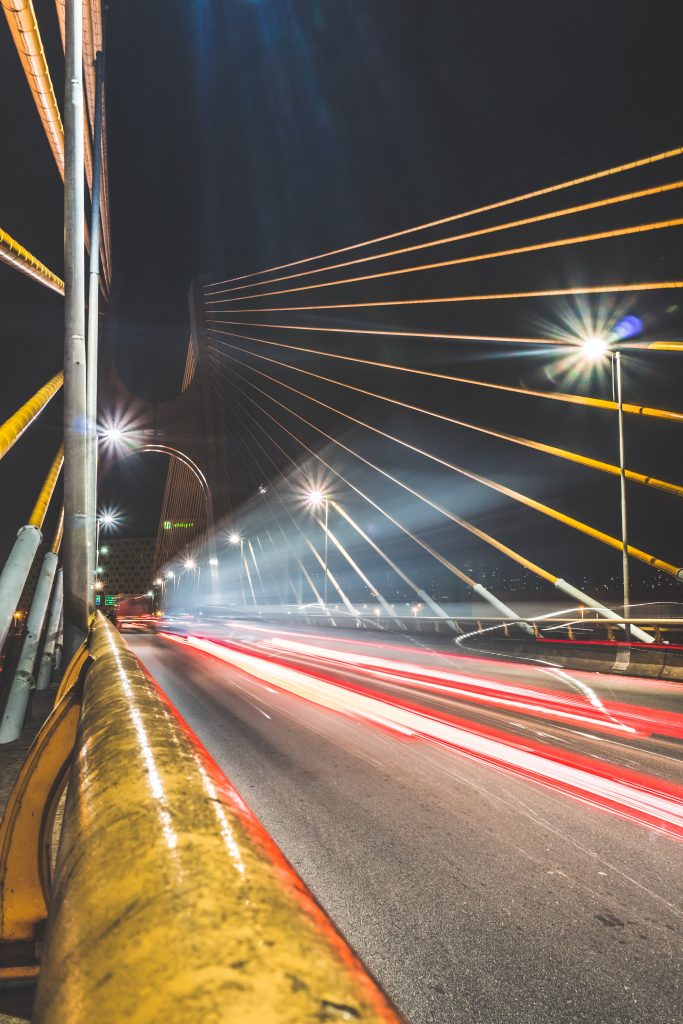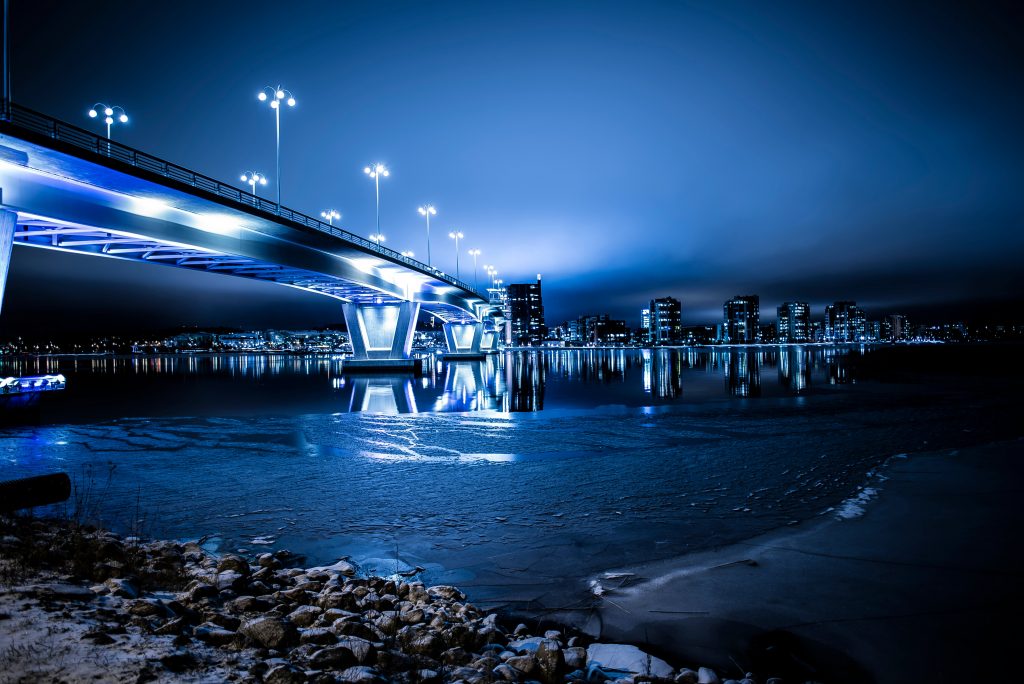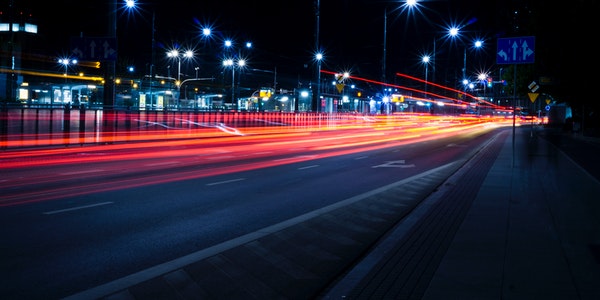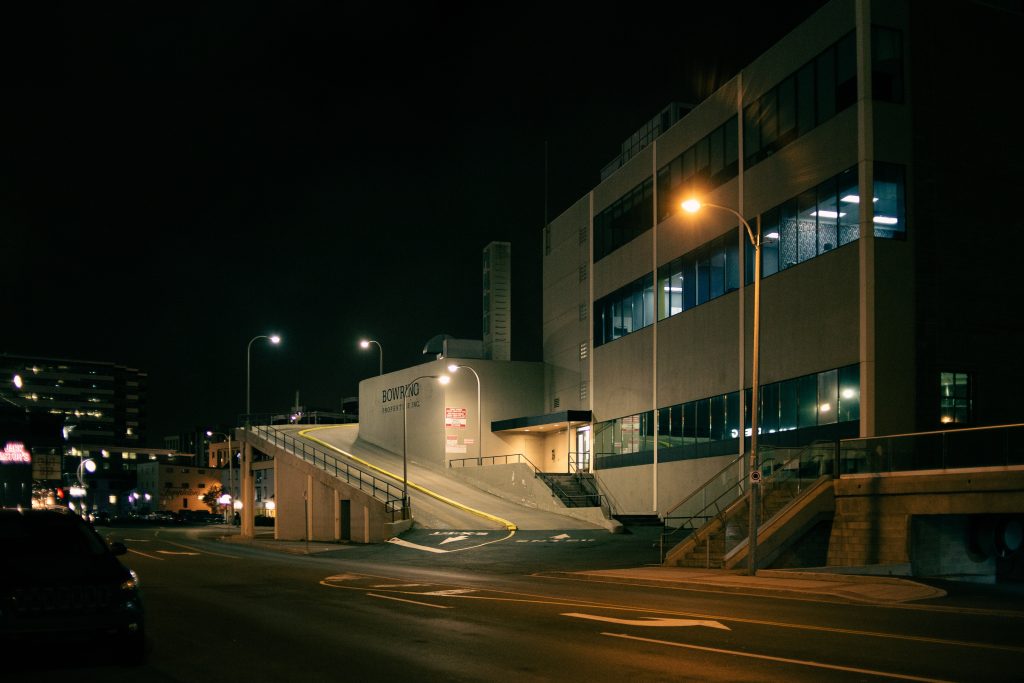High Power LED Street Light Heat Dissipation
In fact, LED lumens are rapidly increasing. In 2006, the number of lumens per watt of mass-produced LEDs has reached 50 lumens, and this value is still growing rapidly. The corresponding heat transfer theory system has matured, and the heat transfer methods we can use are basically clear: conduction, convection, radiation, and phase change heat transfer (such as heat pipes). Therefore, in terms of heat transfer or heat dissipation, the measures we can take are visible and limited.
According to the equivalent relationship between luminous flux (lumens) and radiant flux (watts): where, Km = 683 lm/w, is the scale of luminous flux, and is the scale of radiant flux. That is to say, the radiant flux of 1W may produce 683lm luminous flux in the most ideal case (black body radiation). Therefore, even if the light efficiency of the LED reaches 200lm/w, it cannot convert all the energy into light energy output, and the rest is converted into heat energy. In the long run, the heat dissipation problem of LED lamps will be a long-term problem.
At present, the heat dissipation methods of LED street lamps mainly include: natural convection heat dissipation, forced heat dissipation by installing fans, heat pipes and loop heat pipes, etc. The system is complicated and the reliability is low when the fan is installed for forced cooling. Heat pipes and loop heat pipes are expensive to dissipate heat. The street lamp has the advantages of outdoor use at night, the heat dissipation surface is located on the side, and the body size is less restricted, which is conducive to natural convection heat dissipation of the air. Therefore, it is recommended to choose the natural convection heat dissipation method as much as possible for LED street lamps.
Possible Problems in Thermal Design Are:
- We can arbitrarily set the area of the cooling fins.
- The arrangement of the heat dissipation fins is unreasonable. The arrangement of the heat dissipation fins of the lamps does not take into account the use of the lamps, which affects the performance of the fins.
- Emphasize heat conduction and ignore convection heat dissipation. Although many manufacturers have considered various measures, such as heat pipes, loop heat pipes, adding thermal grease, etc., they do not realize that heat will ultimately rely on the outer surface of the lamps to dissipate.
- Neglecting the balance of heat transfer. If the temperature distribution of the fins is severely uneven, it will result in a part of the fins (the part with a lower temperature) that does not work or has a limited effect.
At present, researchers generally use the heat dissipation technology of LED street lamps in the form of thermal conductive plates. It is a copper plate with a thickness of 5mm. It is actually a temperature equalizing plate, which uniformly dissipates the heat source. There are also additional heat sinks to dissipate heat, but the weight is too large. Weight is very important in the street light system. Because the height of the street light is 9 meters, if it is too heavy, the danger will increase, especially in the event of typhoons and earthquakes, accidents may occur. Perhaps, after LEDs widely enter the field of street lamps in the future, it may be possible to form modular heat dissipation, which will better solve the problem of difficult heat dissipation of LED street lamps.
In fact, the brighter the better is people’s biggest misunderstanding of street lights.
Heat and Constant Current Drive
The lighting in Asian countries is nearly 50 years behind that of developed countries in Europe and the United States. The light sources that European countries have long since eliminated are still used by people in Asia today. Due to the lack of professional designers, most night scene lighting is not only inefficient. But also very dazzling and easy to make people tired. There is a certain gap with international standards.
The high-power floodlights and street lights in the night scene lighting pass through the windows to illuminate the house. That makes the residents unable to sleep peacefully. Surveys show that such residents generally look older than their well-lit peers.
The brighter the light is not the better! When choosing a light, you need to consider the environment in which it is used.
The amount of heat of high-power LEDs is directly related to the design of the constant current drive. If the constant current drive design is not good, the effective power is not high, the heat will be very high. Any heat dissipation method is useless, and the life of the LED is not long.
The design of a good constant current drive is a solution to the root cause, which can minimize heat dissipation. Various other heat dissipation methods are only methods for treating the symptoms without knowing the root cause, and only assisting in solving the problem.
On the premise of solving the circuit problem, then solve the internal heat dissipation problem.





